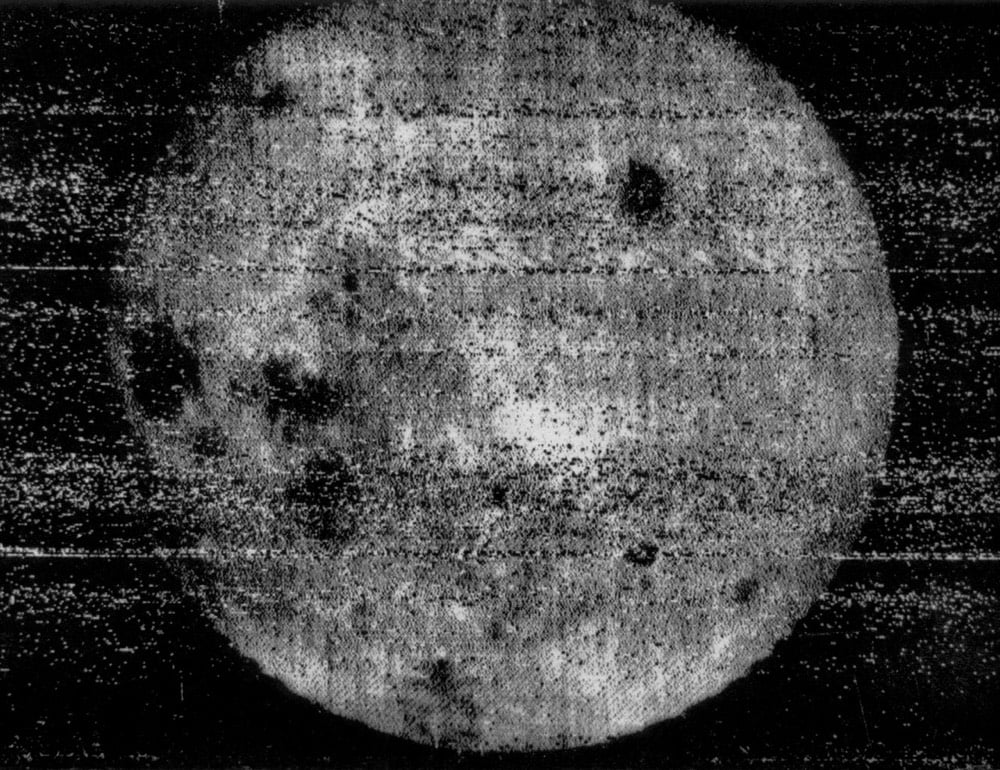This Is A Film About The James Webb Space Telescope
In this entertaining, informative, and charmingly goofy video, Dr. Kevin Hainline tells us all about the James Webb Space Telescope. The JWST is a bigger and better version of the Hubble Space Telescope and will allow scientists to peer deeper into the universe and farther back in time than ever before.
Listen, science is hard! Engineering is hard! It’s difficult to figure out how to build an incredibly sensitive infrared detector that you have to cram together on the back of a giant, foldable, gold covered mirror, sitting on a delicate, tennis-court-sized parasol, that can survive a rocket launch! It’s hard stuff!
And hundreds and hundreds of people around the world have been working on it together. JWST is the single most complicated science project human beings have ever attempted. But it’s been worth it. Because we want to discover the earliest galaxies in the universe, and clouds on other planets, and baby star-forming regions, and debris disks around stars, and weird dwarf galaxies, and supermassive black holes!
It’s been in development for almost thirty years and everyone is really ready for it! The James Webb Space Telescope is about to change astronomy. Get ready for discovery!
I am ready and excited! The JWST is currently set to launch no earlier than Dec 24, 2021. You can follow the progress of the launch here.
See also Looking back in time with the James Webb Space Telescope (60 Minutes) and 29 Days on the Edge. Oh and scientists have been working on this project for 20 years and are (understandably) really nervous about what happens with the launch.






Stay Connected